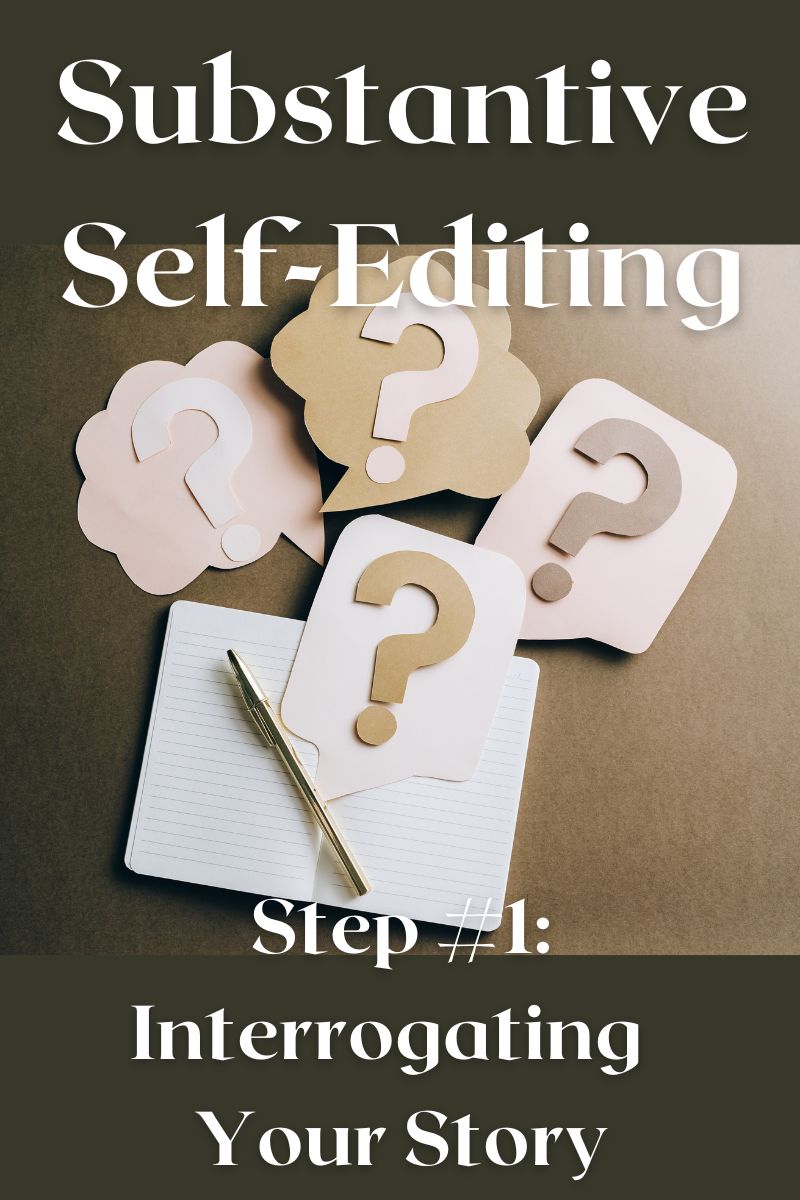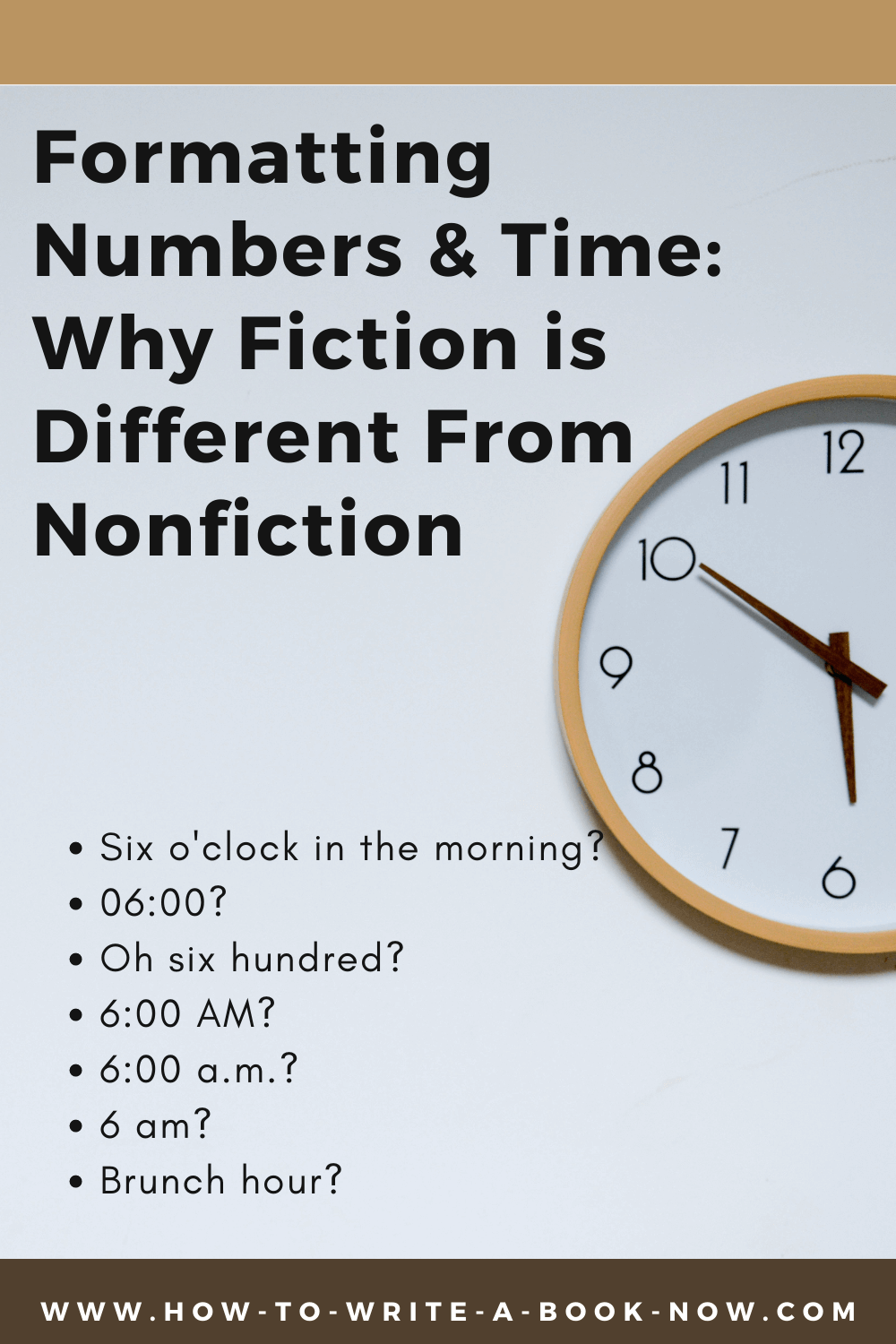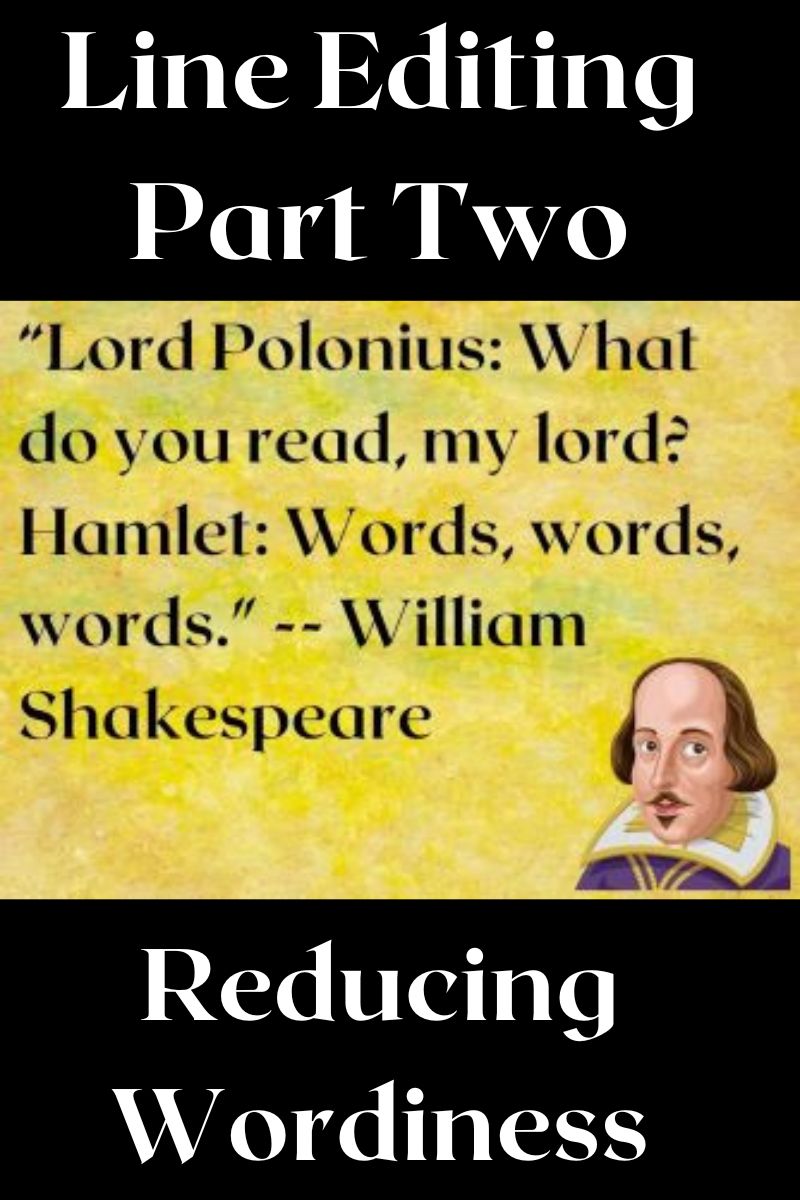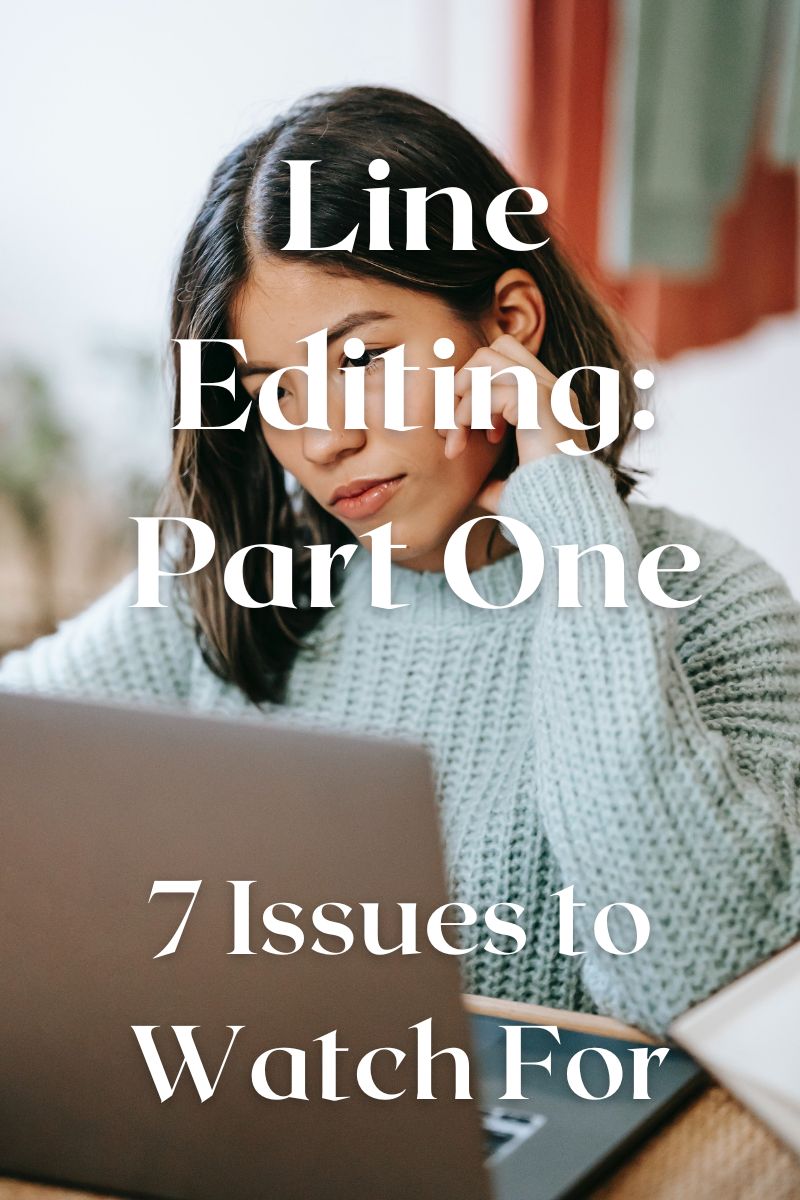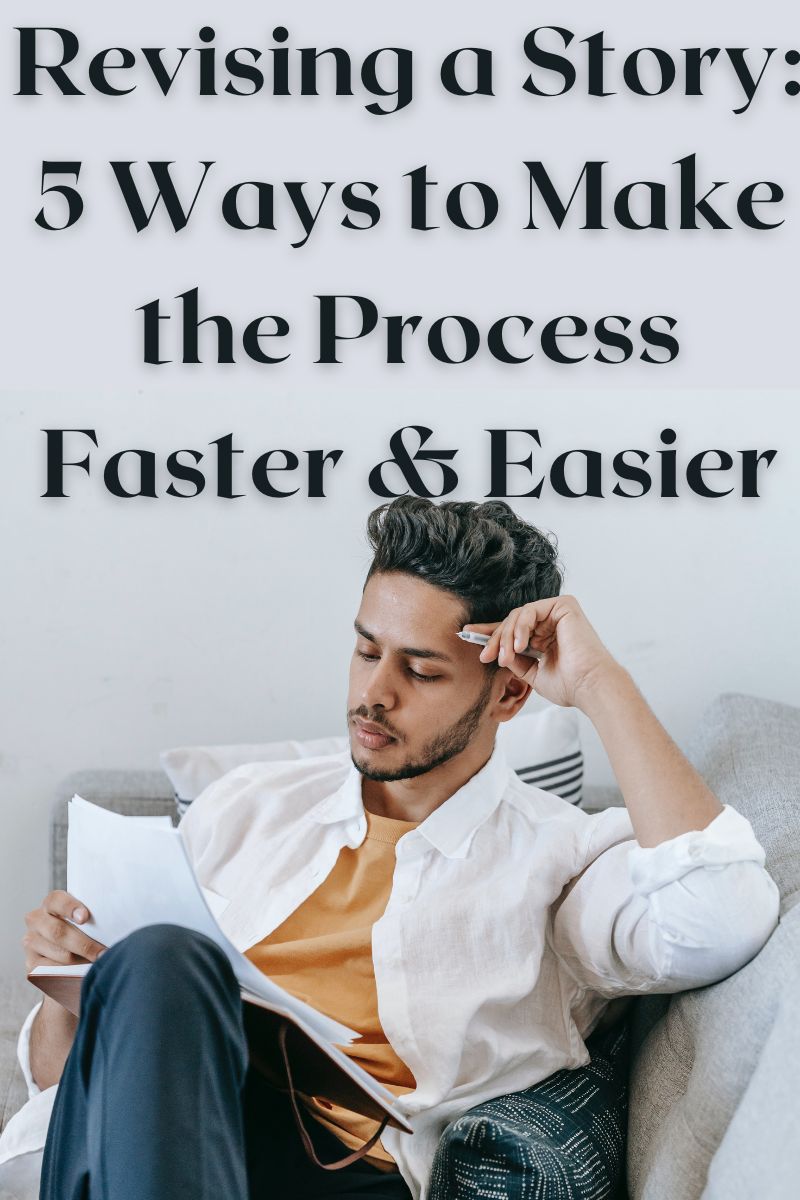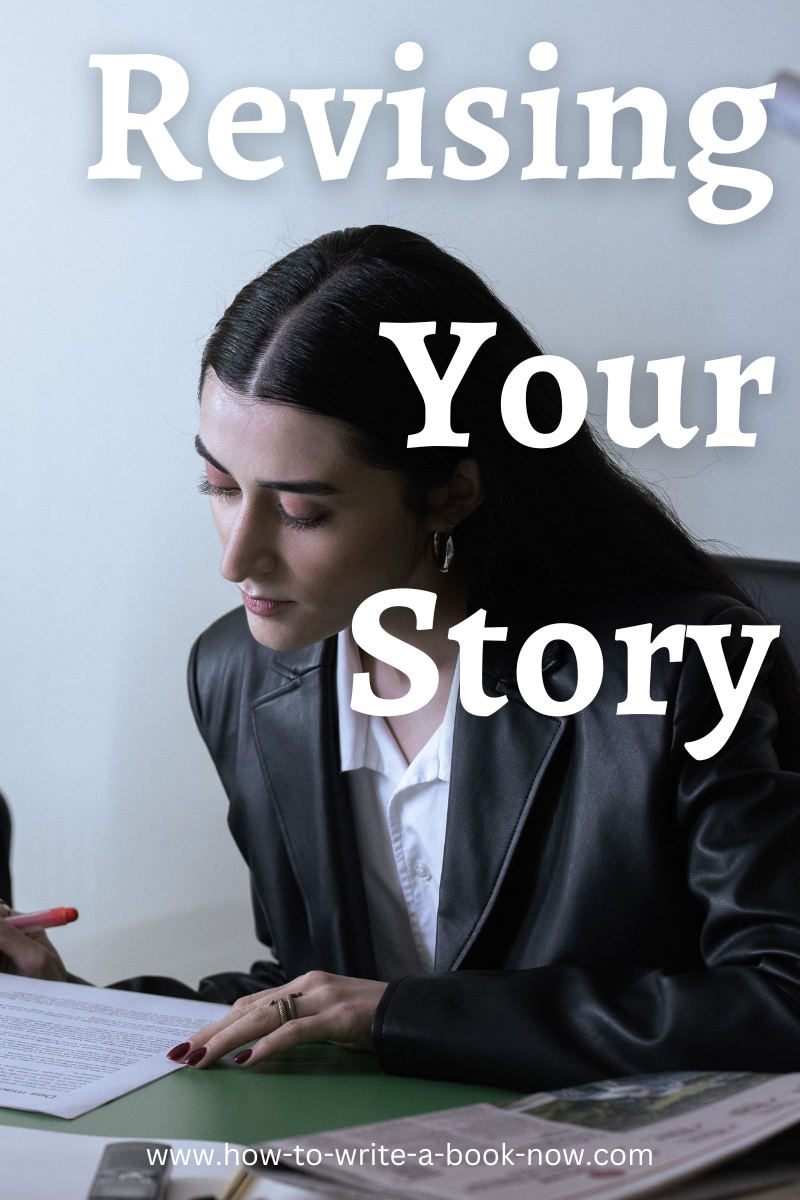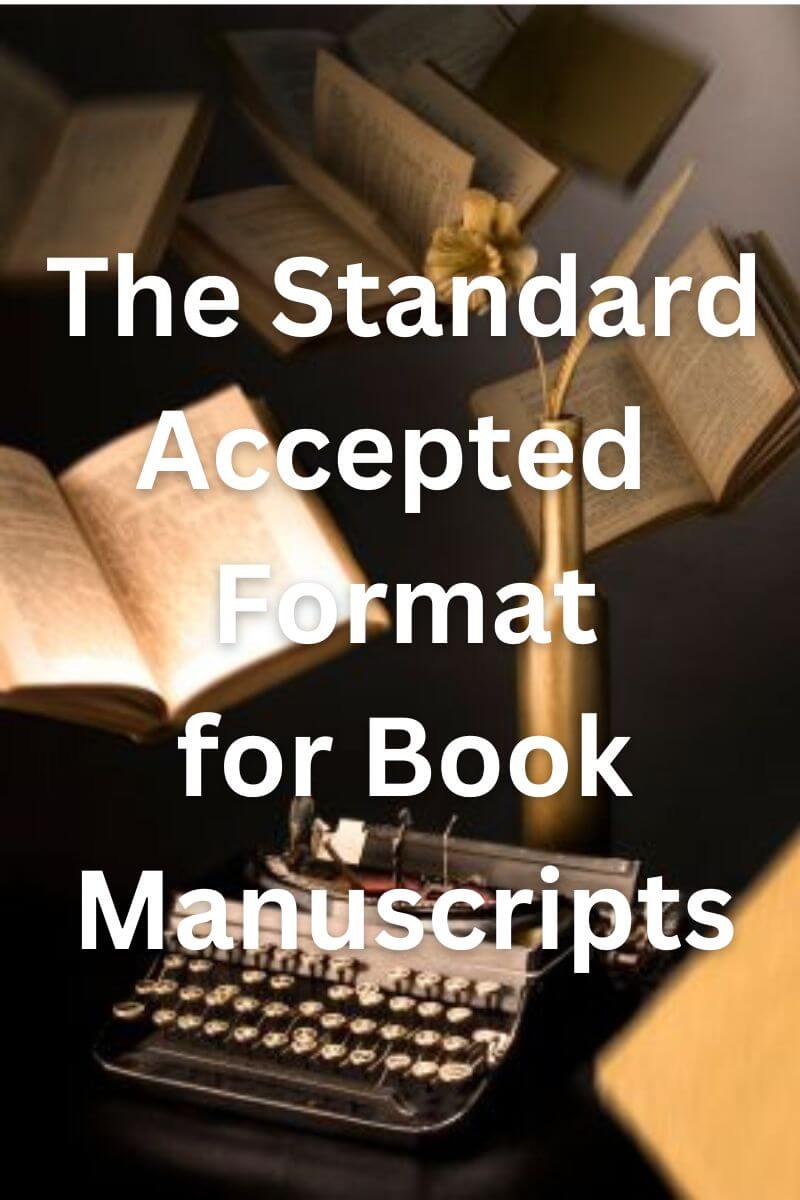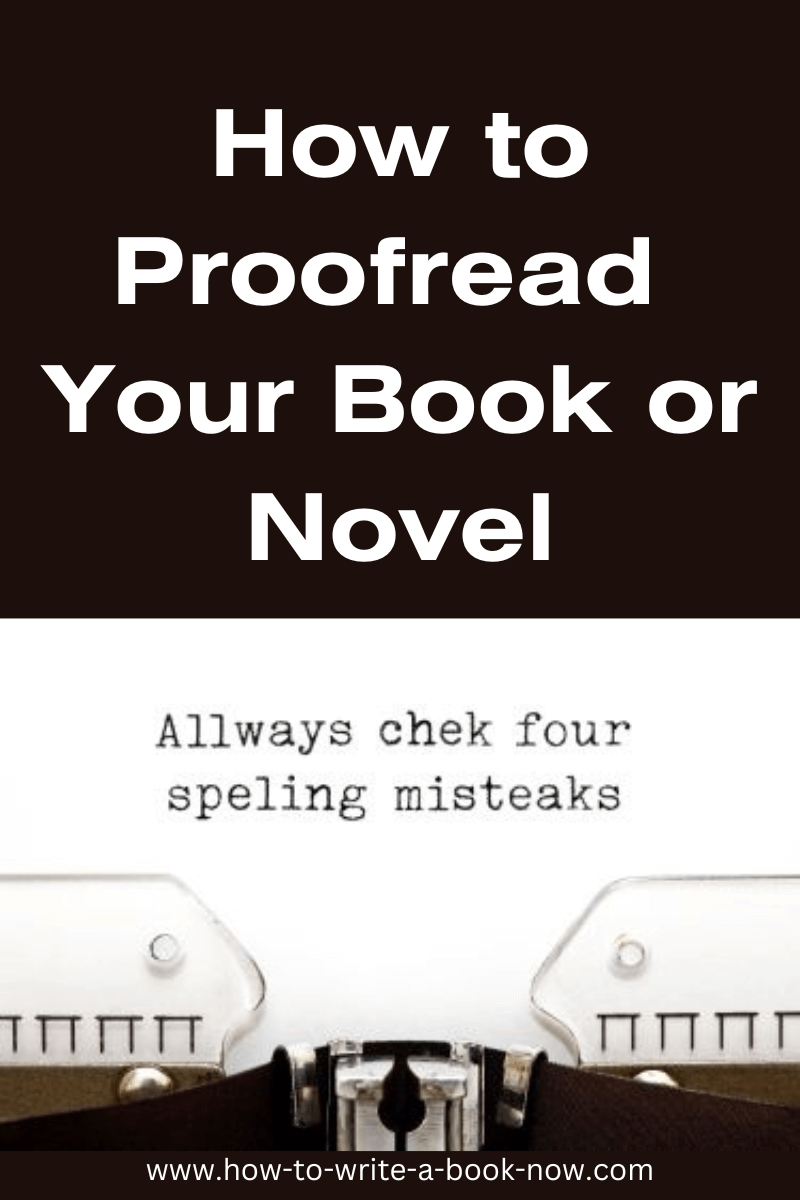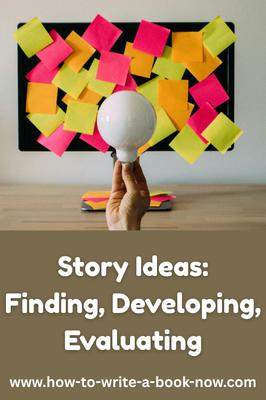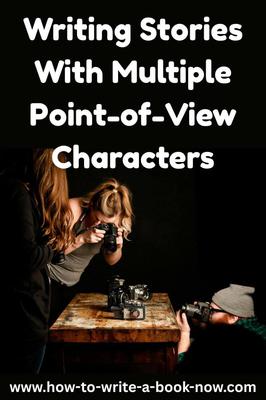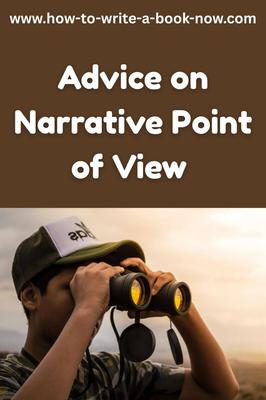Editing Your Own Book: Substantive Editing
By Glen C. Strathy
Before you begin the process of editing your own book, it's a good idea to complete the two steps covered in the previous article on Preparing to Revise a Story. You will want to have both...
- Refreshed your overall sense of the story.
- Distanced yourself from the story so you can look at it with fresh eyes.
With those steps completed, you are ready for the first and most significant stage of editing your own book -- substantive or developmental editing.
Substantive editing is a process in which you focus not on the actual words you have used to tell the story, but on the story which the words are attempting to express -- things like characters, plot, setting, theme, the dramatic structure, and the order in which you chose to tell the events of the story. Later, in the next phase of self-editing, you will worry about the actual language you have used to express the story.
In other words, in substantive self-editing, you resist the urge to rewrite individual sentences, change the diction, or do any proofreading. Don't get bogged down on the actual words, since you may have change them later anyway. Substantive editing is about making sure the story you are telling is the one you want to tell.
Part 1: Interrogate Your Story
You begin the process of editing your own book by going over your story with an eye to what can be improved. You can do this onscreen, though it is usually better to work from a printed copy, since you can flip to different parts and write comments and ideas more easily in the margins of a printed copy.
As you read, you will be asking yourself a lot of questions, trying to find opportunities to improve the story. Again, you're not worrying about the language so much as how intellectually and emotionally engaging the story itself is.
The list of substantive questions you can ask about a story is quite long, and some of them won't apply to your story. Your particular goals for the story, as well as its genre, length, and other factors will determine the most important questions to focus on. However, you can use the following list to as a guide to the types of questions you should be asking during the substantive editing process.
Depending on your genre, you may have additional questions you want to ask.
Rule of Thumb When Editing Your Own Book
Include everything that is necessary for the reader to fully appreciate the story.
Omit anything that isn't.
Of course, the challenge is knowing what is and isn't necessary.
The Overall Story Structure
Does the story have a four-part structure (setup --> complication --> crisis --> resolution) with the the beginning and end of each part marked by a major turning point? (Note that, if you are telling the story events in non-chronological order, the structure should be solid if you were to arrange them chronologically.)
Does the tension build to the crisis?
Does the resolution reverse the situation at the crisis? In other words, is victory pulled from the jaws of defeat or vice versa?
Is the resolution the result of the protagonist's choice, insight, or action at the crisis (i.e. not the result of luck or someone else's action)?
Plot-Related Questions
Does the beginning hook the reader, making them want to keep reading?
Are there any scenes or sections that aren't necessary to the story and therefore should be cut?
Are there any plot holes -- necessary events in either the plot or character arcs -- that are missing and need to be filled order for the reader to understand the story?
Are some important events summarized that would be better or more emotionally impactful if developed into full scenes?
Are there scenes of little importance to the story that would be better off summarized?
In other words, do you have the best ratio of "showing" versus "telling"?
Does each scene describe an event, a significant change that sends the story or characters in a new direction?
Does each scene have its own four-part structure? Is it a story in miniature?
Do the events within each plotline unfold logically in a cause and effect chain (even if this is only apparent at the end of the story)?
Are all the plotlines and character arcs resolved clearly in the end? Are the necessary answers to questions provided?
Does the resolution satisfy? In other words, is it meaningful?
Character Questions
Is the main character uniquely suited to resolve the story problem?
Does the main character have an inner conflict with its own arc and resolution?
Are all the characters distinctly and clearly drawn?
Do the character motivations and choices make sense? Are they consistent with the character's personalities?
Are all the character arcs clearly illustrated? Do they make sense?
If the story features one or more important relationships, does that relationship evolve in a clear four-part arc as well (e.g. initial formation, deepening, relationship crisis, resolution)?
Do the characters seem interesting and authentic?
Style and Voice
Have you chosen the best narrator for this story?
Have you used too many point-of-view characters?
Would it benefit the story to introduce another point of view at some point?
Would a different narrative mode make the story come to life more?
Is the narrative voice consistent from start to finish?
Are you telling the events in the best order (e.g. chronological vs. non-chronological, use of flashbacks and flashforwards)?
Continuity
Does the work contain any contradictions or inconsistencies that need to be corrected, for instance in the physical traits of characters, details of the settings or the story world, backstories, plot, etc.? (For instance, If your character takes his keys out of his pocket when he comes home, make sure they aren't back in his pocket later with no explanation.)
Do you spell each character's name the same way consistently? If you changed a character's name while revising, make sure you changed every instance of it. (If you misspelled a name at some point, and later decide to change the name, remember that "search and replace" won't find the misspelling.) Ditto with place names, key terms, etc.
Did you mention facts, events, intentions, characters etc. late in the story that you now should go back and establish earlier?
Did you introduce things early on that were never referred to again, have no impact on later events, and perhaps should be cut?
Does the timeline of events make sense? Do the events take up a realistic amount of time? If certain events happen simultaneously, do the cause and effect chains make sense? Do you know what characters are doing when "off-stage," and does that knowledge inform the action realistically? Do the seasons change as they should?
Do you need to fact-check any of the information in the story?
Setting
Does the story world feel authentic?
Have you used the best setting for each scene?
Other
Is the story intellectually and emotionally engaging, from start to finish?
Are there places where a reader might get bored?
Regarding backstory: did you include what was necessary for the reader to understand the significance of the events? Is there any part of the backstory that has no bearing on the story and should be omitted?
Have you delivered the thematic message(s) you intended to?
Part 2: Take Notes
Resist the urge to start making changes immediately. Instead, take note of everything you would like to change as you go through the story. Write your notes either in the margins or in a separate document, notebook, etc. Make a complete list of everything you would like to change before you change anything.
Part 3: Make the changes.
Naturally, once you are satisfied that your list of desired changes is complete, you can go ahead and make them, creating a second draft of the story.
Part 4: Stop
After you have made all the substantive changes to the story you feel are necessary or desired and you have completed a second draft you feel good about, you are done with the substantive round of self-editing. It is time to move on to the next round of editing your own book, which is line editing.
Once you begin line editing, resist the urge to make any further substantive changes. Don't go changing the plot or adding scenes after you have decided your substantive editing is finished. Obviously, if you realize at some point that your story has a fatal flaw you can fix it. But once your story structure is sound, further tinkering is unnecessary.
